Arizona’s First Wild Animal Hospital
Already serving as one of the few wild animal hospitals in the country, Tucson Wildlife Center is expanding with a cutting edge new hospital.
Since it’s opening in 1998, Tucson Wildlife Center has thrived as a regional care center where people can bring in sick, injured or abandoned wild animals from the desert so they can receive care and be rehabilitated and released back to their natural habitats. It has also served as a world hub for education, as the cutting edge methods of surgery and treatment used at TWC brings in veterinarians and surgeons from all reaches of the globe. Comprised of five staff workers and over 75 constant volunteers, Tucson Wildlife Center offers care to our animal neighbors unlike any care they could receive elsewhere.
But the ultimate goal of the original founder/owners Lisa Bates and Peter Lininger was to eventually expand their rehabilitation sanctuary to include a hospital on site that would allow them to administer emergency surgeries to give a second chance to the 1,000+ wounded animals they take in per year. Unfortunately, their 501 (c)(3) non-profit budget wouldn’t allow for that in their budget. That was until they received special visitors who carried with them the vision of a deceased man’s final wish.
“Back in 2007 a couple came up from Florence who were executors to the estate of a man named Sam Goldman who had recently passed away. He told them when he died he wanted his money to go to a wildlife rehabilitation facility that cared for the desert animals he loved so much,” says Executive Director Dee Kidd. “So his executors went around to four different wildlife rescues in the country and they ended up in Tucson and called us for a tour. They never said a word about why they were there, but Lisa could tell they were very impressed. At the end they asked her what her ultimate goal was and she told them it was to build the first wild animal hospital in Arizona. And right there on the spot they told her that they were going to build it for her.”
Seven years later, the shared vision of Bates, Lininger and the late Sam Goldman is coming to fruition, as the Tucson Wildlife Center is preparing to cut the ribbon on April 4 for their brand new, state of the art Sam Goldman Wildlife Hospital. The new construction will add to the center’s 14-acre site: four animal ICU units, indoor and outdoor pens for the animals, a large avian enclosure for birds, an educational room, a large triage room, a surgery room and a radiology and x-ray room. There will also be a big garage for the ambulances to pull into so the heavier animals brought in can be transported directly inside without excessive moving.
“We’ll also be adding on veterinarian and intern quarters and we’ll be one of the country’s first education facilities on large mammals and raptors. That means that doctors and veterinarians can come from different countries and different places in the U.S. who want to learn how to care for wild animals because there aren’t many places in the world that offer that,” says Kidd. “And the diversity of the Sonoran wildlife is almost more than anywhere in the world. A lot of people show a lot of interest in coming here to learn. We have veterinarians who donate their time, human orthopedic surgeons who donate their time and vets who do internal surgeries. It’s a huge community effort and everything about the center was created to support our community.”
Of the thousand animals TWC treats a year, 90 percent of them are injured or harmed by human related incidents. With many animals getting hit by vehicles or getting run out of their habitats by increased construction, TWC is their only hope for survival once they’re inflicted with life threatening injuries. The hospital takes in over 300 birds and raptors a year and hundreds of javelinas, coyotes, bobcats, ringtails, badgers, bears and even many animals foreign to our habitat such as migrating pelicans and abandoned alligators.
“We’re dedicated to the rescue, emergency medical care and rehabilitation of sick, injured and orphaned wildlife while promoting habitat coexistence and protection through education. Basically we are a first responder, a hospital, an animal geriatric care facility, and information hub to the public. We welcome calls from the public to answer any questions about animals,” says Kidd. “Our mission goes beyond just bringing them in and giving them aid, we always try to complete the circle by making sure they are placed back out where they belong. Our new hospital edition is truly going to revolutionize how we operate and the will greatly widen the scope of the type of care we can give these animals.”
To book a tour or to donate to the Tucson Wildlife Center, visit TucsonWildlife.com. Questions can be answered 24/7 at (520) 290-9453.


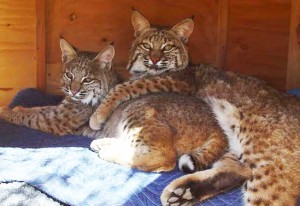
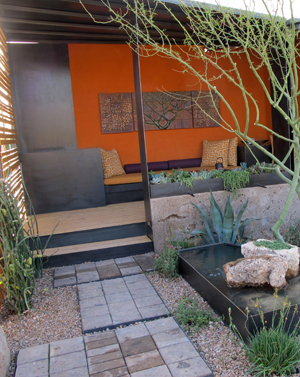
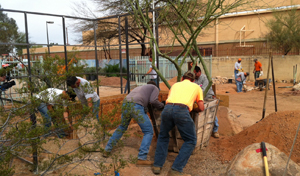
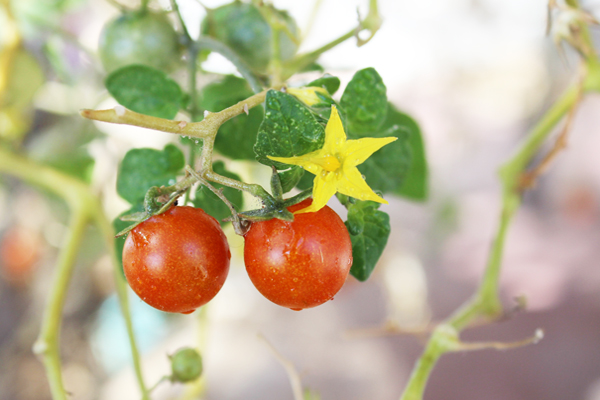

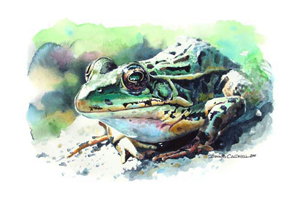

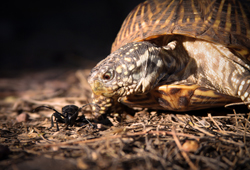
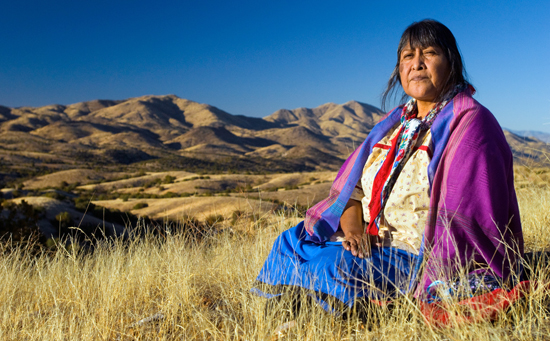
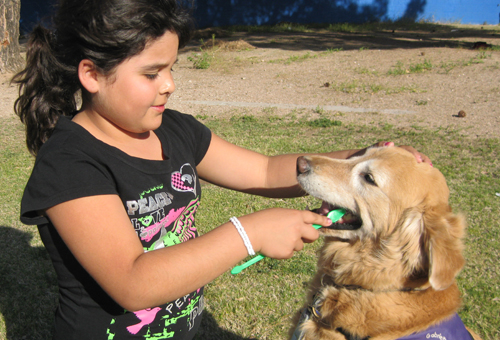
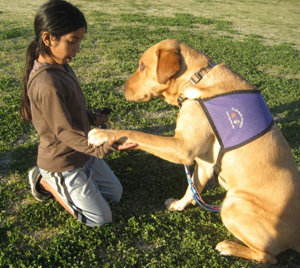

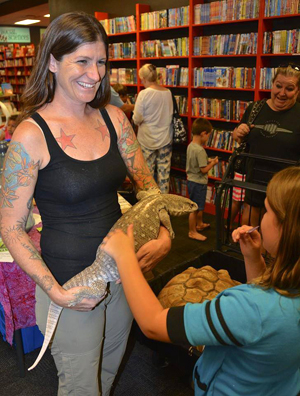
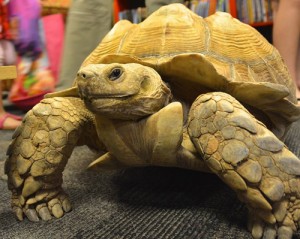
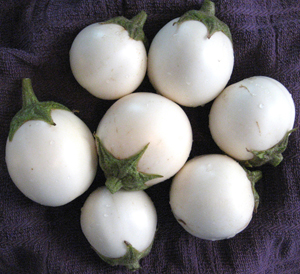
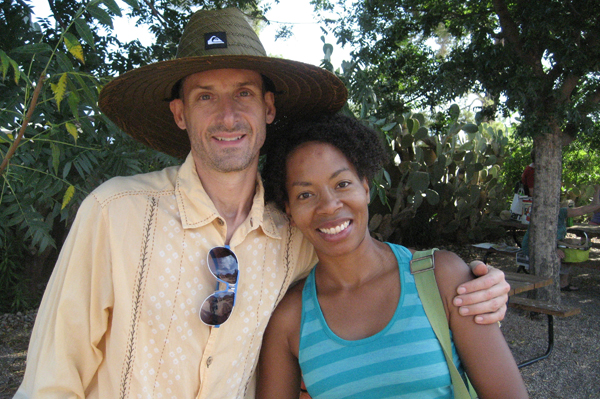

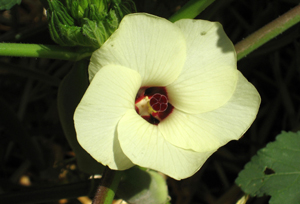




Also find us on...